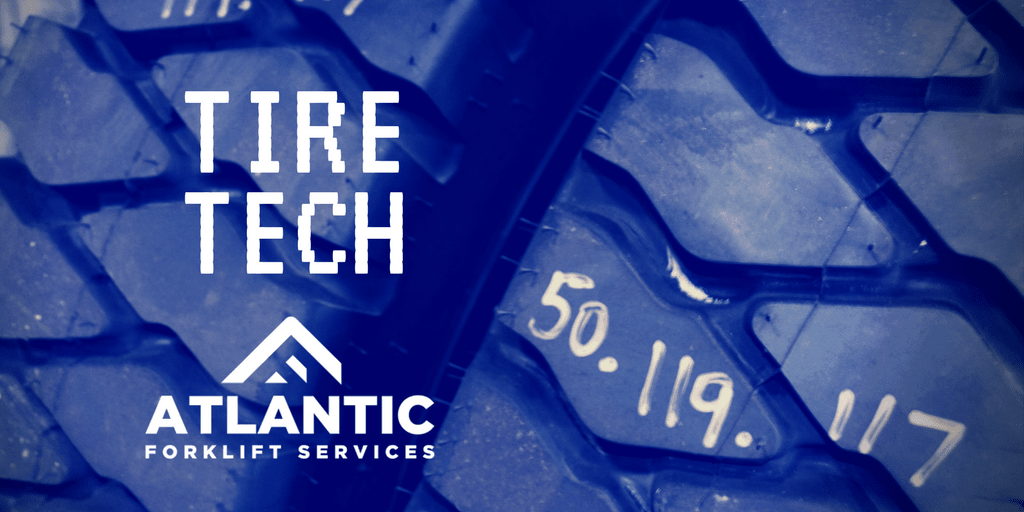 Forklifts have evolved over the past 100 years since their inception, and as developments and technology continue to take the forklift and materials handling industry to new heights- tires are getting a lot of attention.
Forklifts have evolved over the past 100 years since their inception, and as developments and technology continue to take the forklift and materials handling industry to new heights- tires are getting a lot of attention.
Tires tend to be the biggest “wear” item on a forklift, and the biggest cost-concern for owners as well. Typically, tires can compose up to 30% of the cost of operating a fleet.
Here are some of the topics high on the list of forklift owners when it comes to their tires:
Non-Marking Tires: Once upon a time, it was European facilities that held non-marking tires in the highest regard. That is not-so-slowly changing as they are becoming more prevalent in US facilities. As warehouses improve their floor conditions and facilities, non-marking tires have become a necessity- particularly in rental fleets. Rental operations don’t know just where their lifts may be operating on any given day and they have made a large push towards non-marking tires.
Compact lifts: Increased capacity, smaller frame. That’s the trend that is putting a lot of pressure on the tires. Forklift manufacturers are looking to increase capacity- which increases the energy transferred to the tires- which due to the down-sizing, have a smaller surface volume making contact with the warehouse floor. Tires must have a considerable resistance to the heat build-up from all this pressure generated by the higher-capacity lifts.
Safety: Finally- perhaps the most important item on the list. Vibration and noise are two tire-related factors that need to be addressed to ensure the safety of the forklift operator. Forklifts generally lack any sort of suspension system, so there is practically nothing to isolate the operator from the considerable vibration generated by some tires. Doctors call it Whole Body Vibration, and it’s a major cause of back problems, motion sickness and bone damage.
As our industry continues to adapt, we’ll continue to do our homework and arm ourselves with the latest knowledge, practices and equipment to keep your facility operating at its peak.
